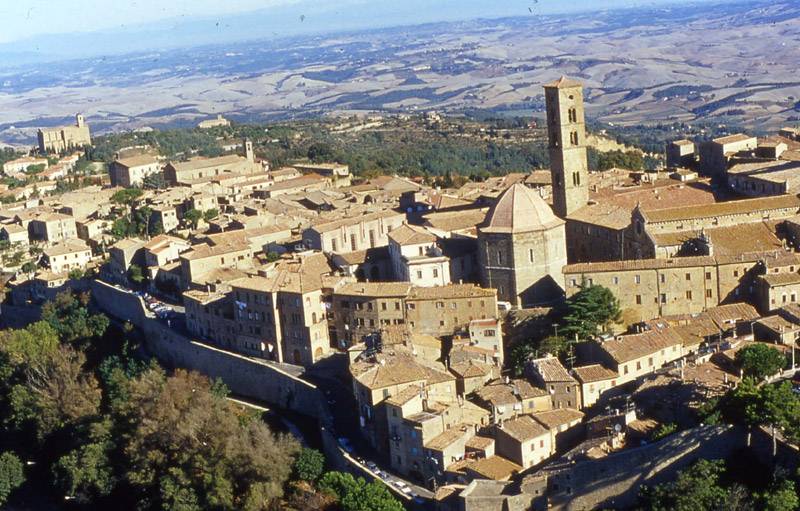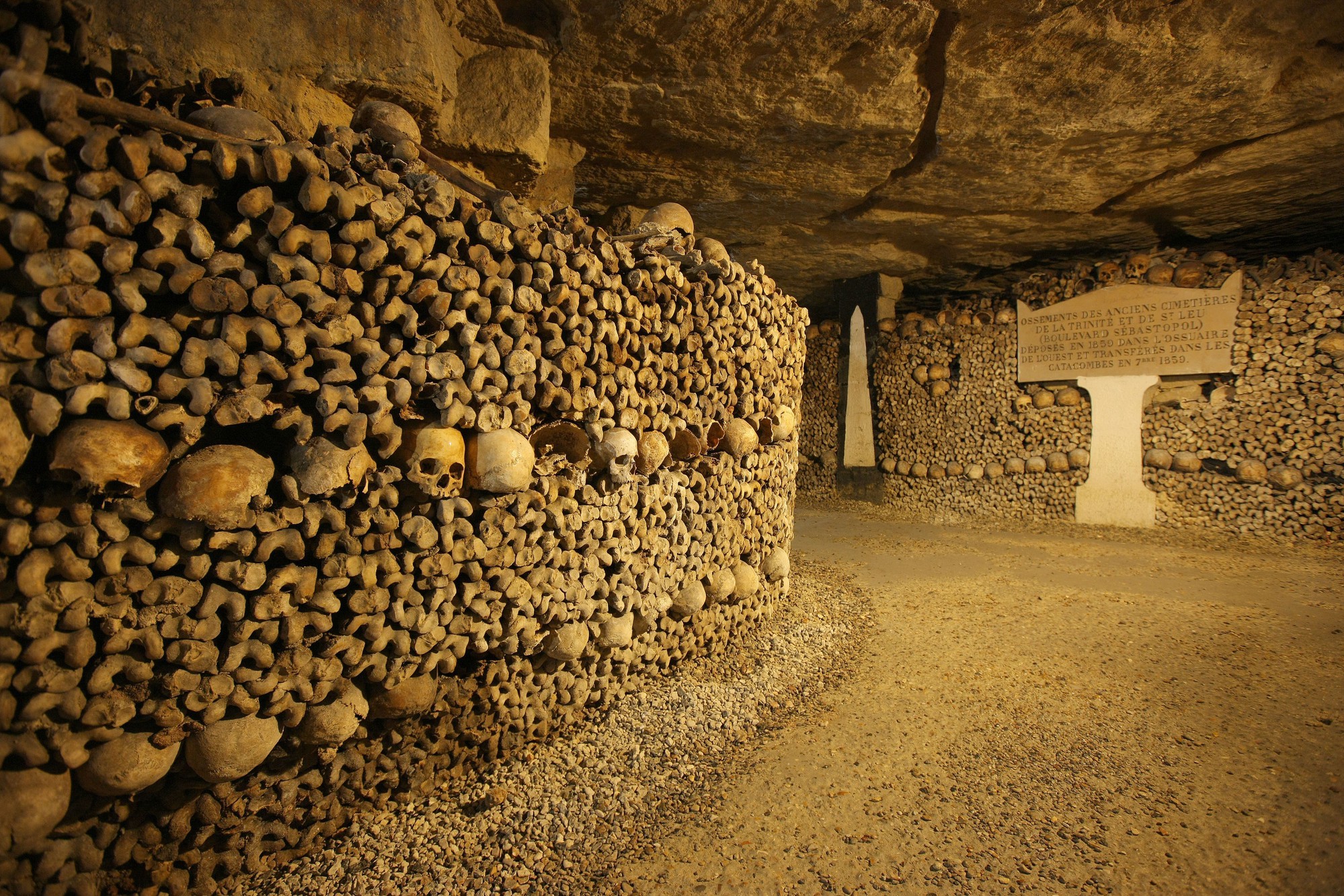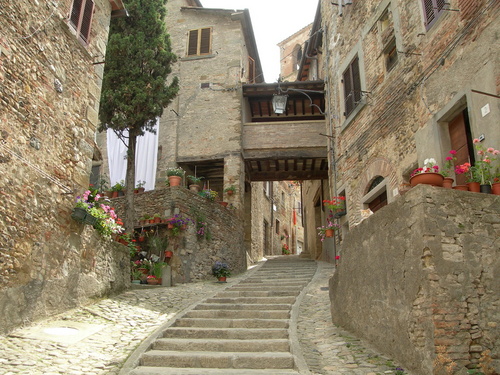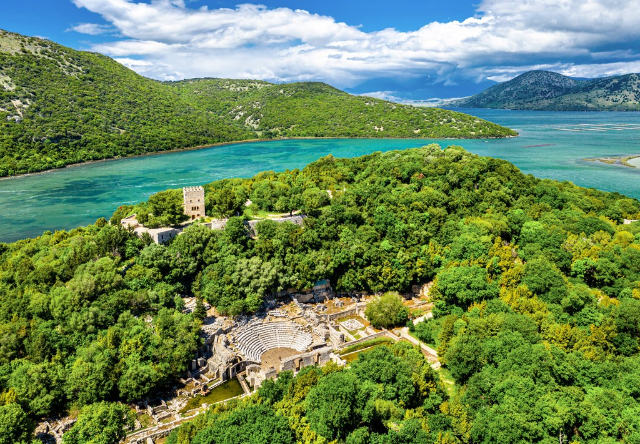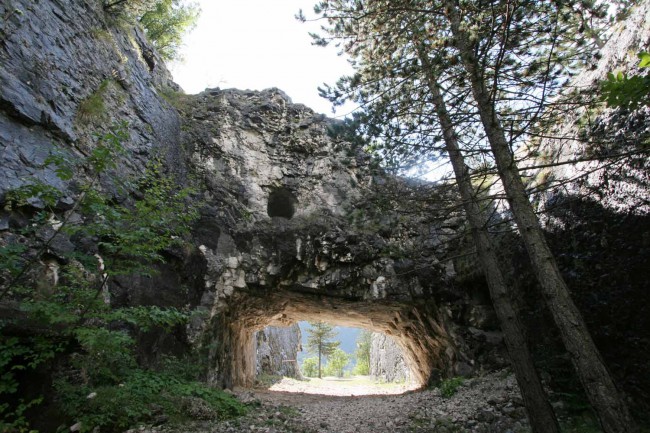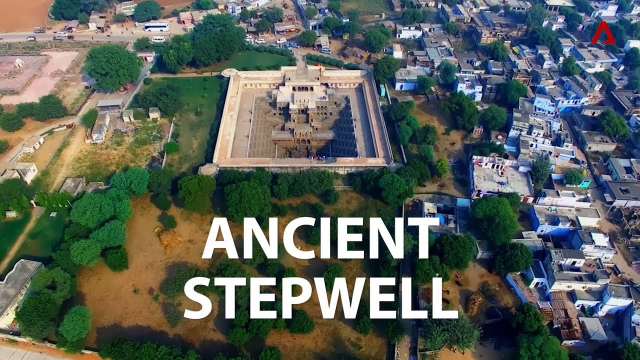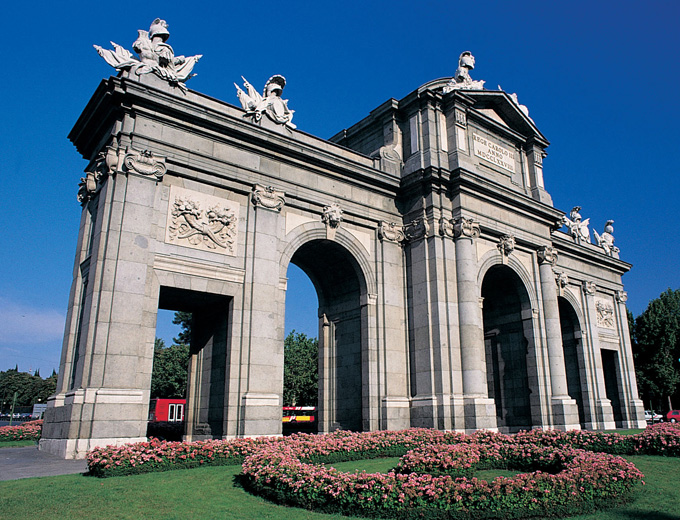In Volterra, history has left its mark with continuity from the Etruscan period to the nineteenth century, with artistic and monumental testimonies of great importance, which can be admired simply by walking through the streets of the historic center, but also by visiting the city’s museums: the Etruscan Museum, the Pinacoteca Civica, the Museum of Sacred Art, and the Alabaster Ecomuseum.
Alongside these monuments one can find an unspoiled landscape, a quality of life still on a human scale, and a unique artistic craftsmanship: alabaster.
Volterra today is a city with a characteristic medieval appearance, where it is still possible to savor the atmosphere of an ancient Republic of the Communal Age, thanks to the relative isolation that has limited industrial and commercial development, preventing the building havoc that often accompanies economic development.
Modern Volterra is enclosed almost completely within the circle of the thirteenth-century walls and which are the culmination of a process of urban expansion that, begun around the year 1000 found its conclusion in the early 1300s with the construction of defensive systems near the main gates of the city. In fact, the city reduced to a castrense form in the Late Antique period (sec.V) and whose perimeter is now marked by the Piano di Castello, Porta all’Arco, via Roma, via Buonparenti, via dei Sarti and via di Sotto, developed around the ancient church of Santa Maria (today’s cathedral) and the adjoining pratus episcopatus, today Piazza dei Priori, while outside the castrum or castellum, rose, after the year 1000, the borgo di Santa Maria, today Via Ricciarelli, perpendicular to the castle walls, and the borgo dell’Abate, today Via dei Sarti, parallel to the same walls.
At the edge of the meadow rise the Incrociate consisting of powerful complexes of towers and constituting the tangible sign of urban development to the east, west and north: these are the crux viarum of the Buomparenti, Sant’Agnolo and Baldinotti.
Also in the S.Lazzero area can be seen the old railway station, inagurated in 1912, which connected through bold scaffolding the city to Saline.
